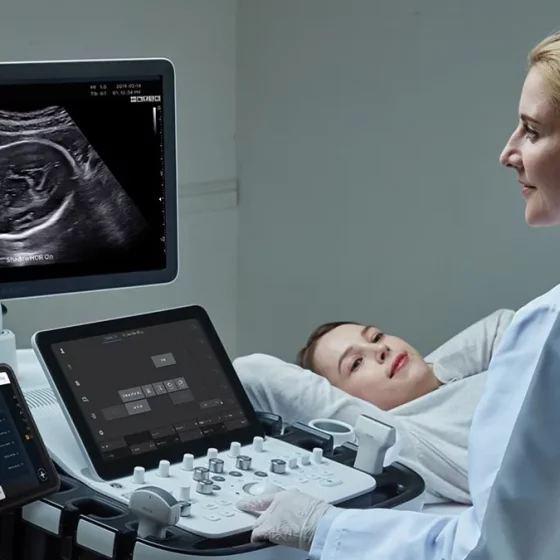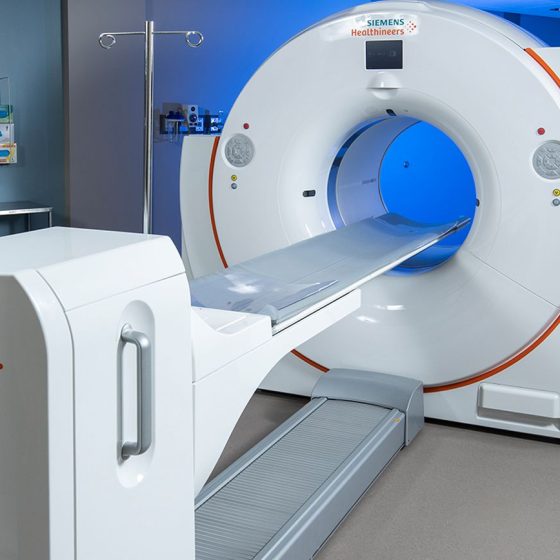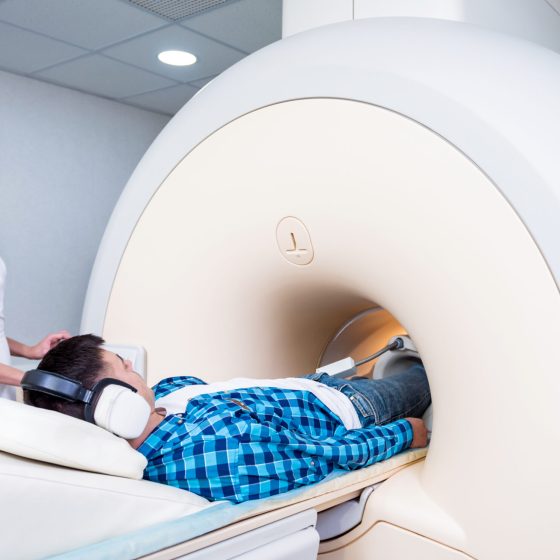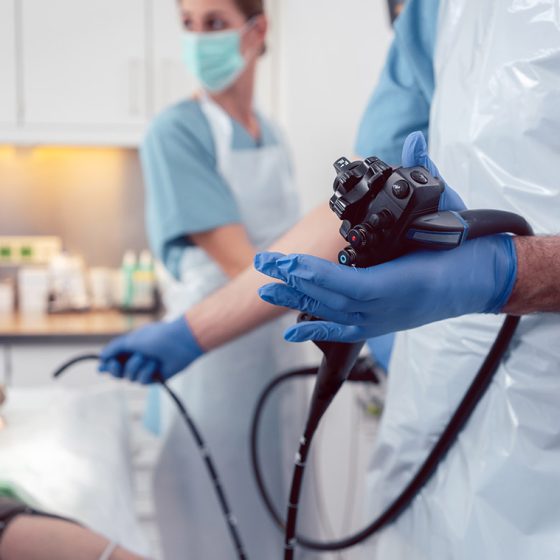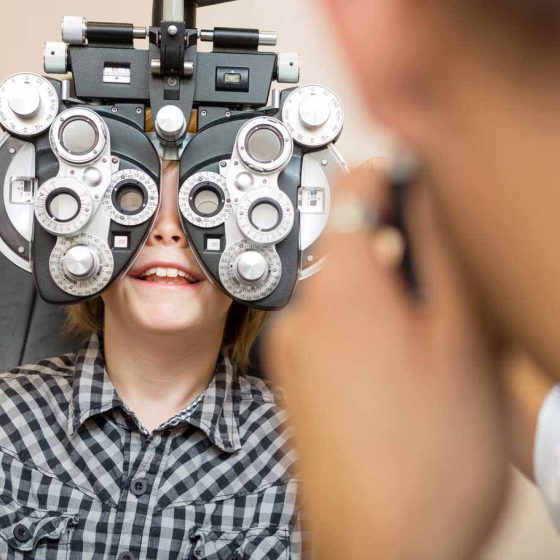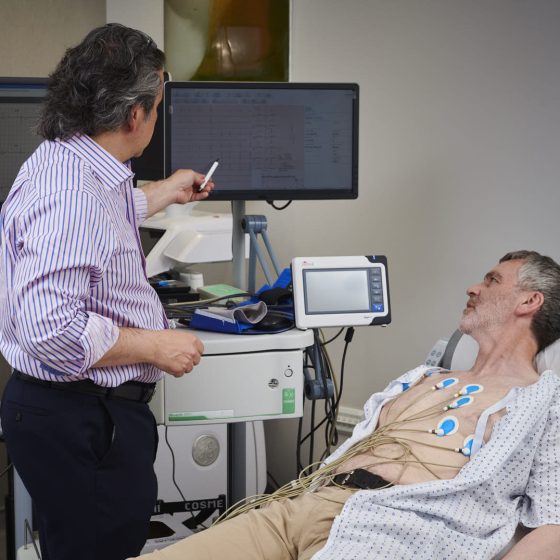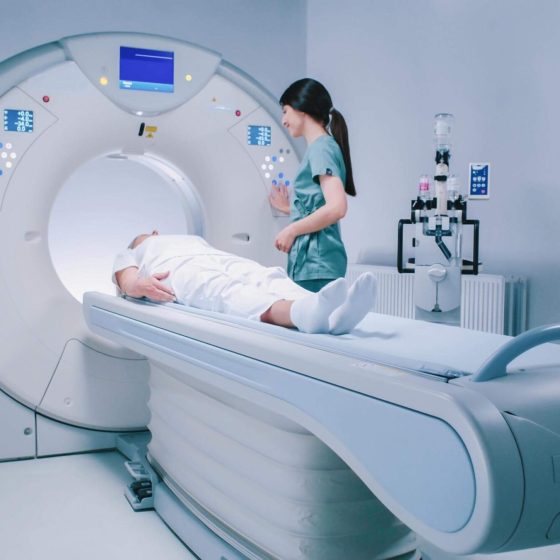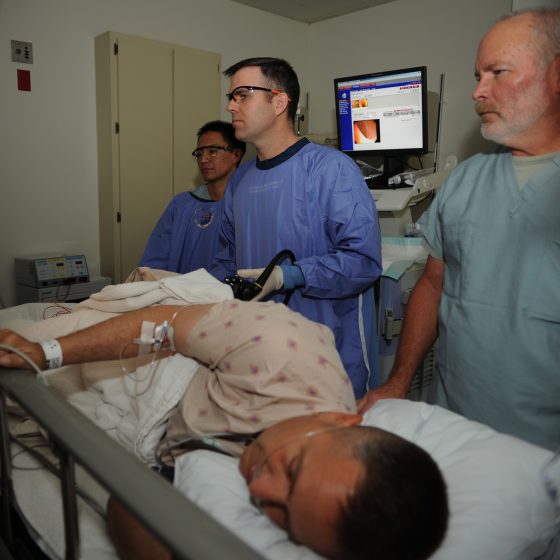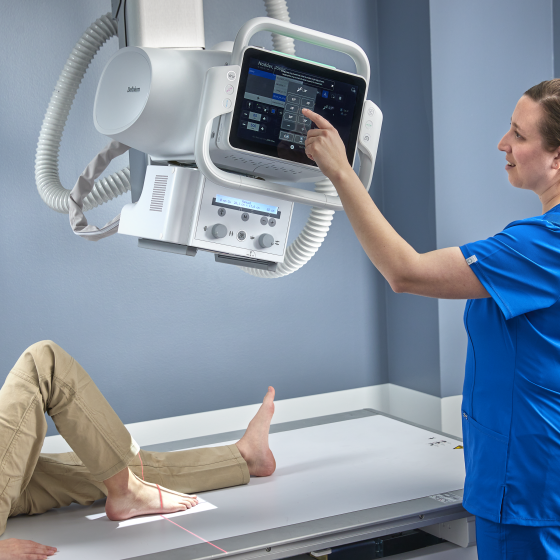Ultrasound
What is an ultrasound scan? An ultrasound scan creates a real-time picture of the inside of the body using sound waves. Ultrasound is generally painless and non-invasive. Ultrasound works differently to x-ray in that it does not use radiation. Ultrasound scans are performed by sending out high frequency sound waves aimed at the part of body being examined. The sound waves are emitted by a transducer, which also detects the echoes reflected back. The reflected sound waves (echoes) create a picture which can be recorded on a monitor. What are the types of ultrasound scans? The common types of ultrasound

